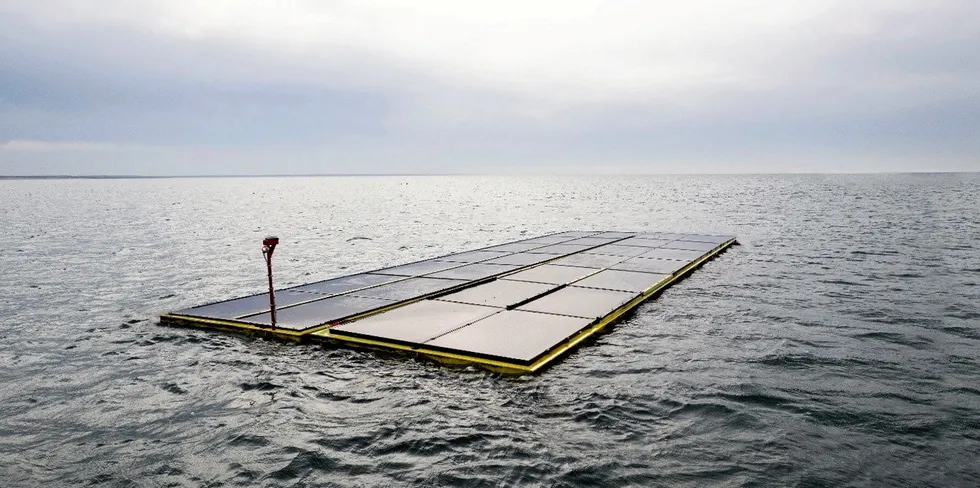North Sea seaweed gets greener with world's first floating solar aquaculture project
Oceans of Energy development off northern Netherlands aims to accelerate commercialisation of offshore renewables-powered aquaculture

Oceans of Energy development off northern Netherlands aims to accelerate commercialisation of offshore renewables-powered aquaculture
